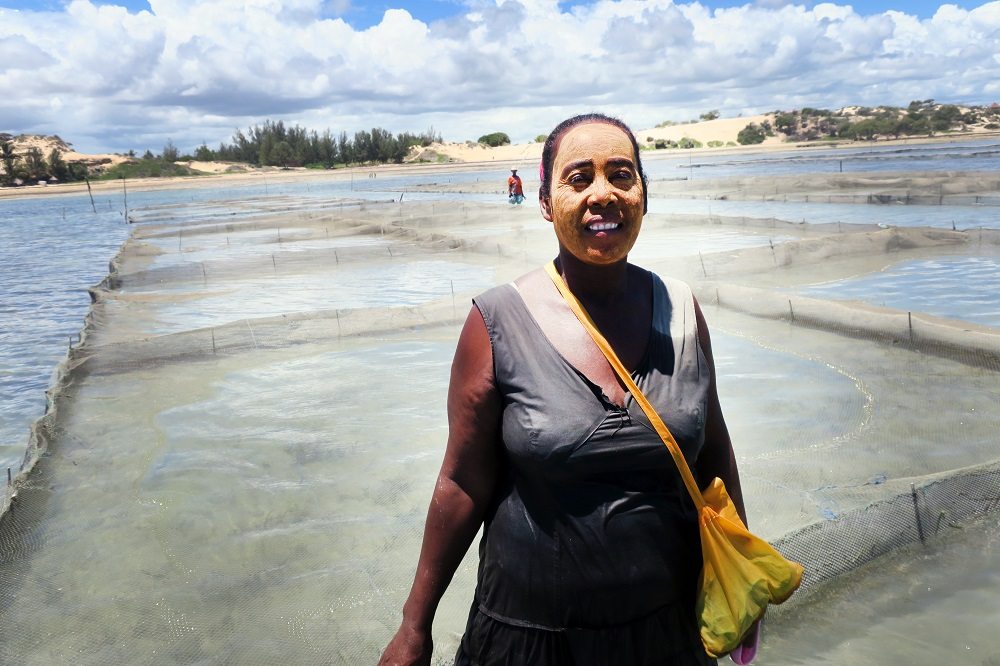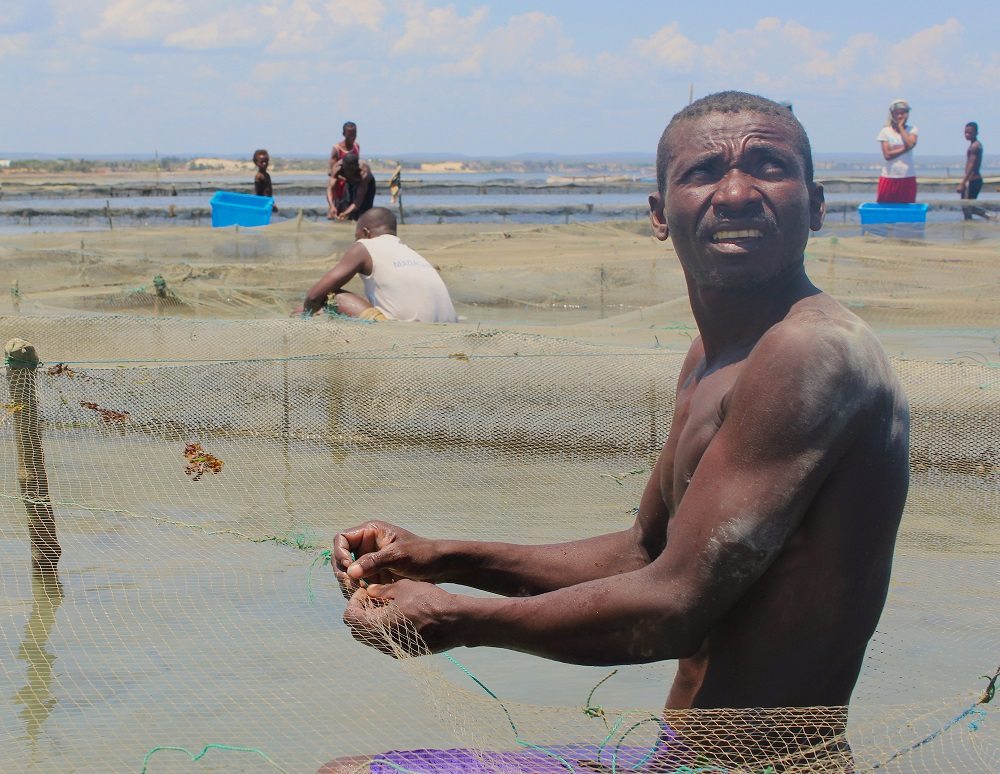We assist the transition of fisher folk and turtle hunters towards sea cucumber farming to relieve pressure on natural marine resources and a provide a pathway out of poverty
While local communities in this region do not traditionally consume sea cucumbers, they are well aware of the value of the species for the Asian market. As a result, wild populations of sea cucumbers all around the southwest coast have been over-exploited through geographically successive boom and bust fisheries. Capitalising on this high demand, and with a vision to provide relief to wild populations, we provide fishing communities with the tools, resources, and support to develop a sustainable sea cucumber aquaculture programme.
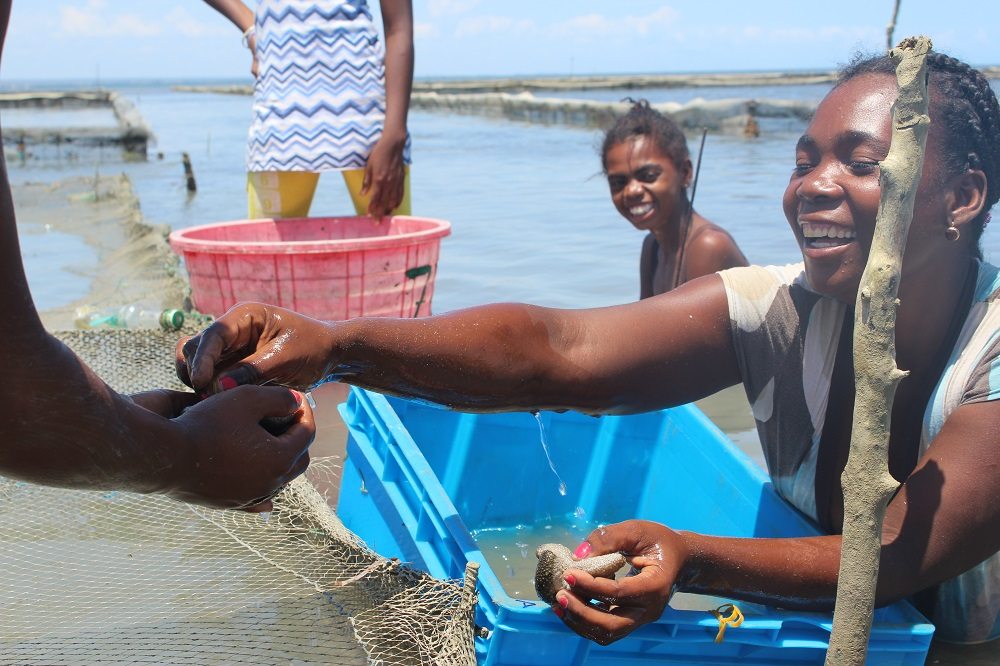
Juvenile sea cucumbers are raised in nursery enclosures constructed in waist-deep water in the intertidal zone. After approximately 3 months, the raised juveniles are transferred to larger ‘grow-out’ enclosures where they are kept until they reach commercial size. The project works in collaboration with the commercial hatchery, Indian Ocean Trepang (IOT), for the provision of juvenile sea cucumbers to participating villages. At the time of harvest, specimens are collected from the villages by the international fisheries exporter Compagnie de Pêche Frigorifique de Toliara (COPEFRITO) for the transport, preparation, and export of sea cucumbers to overseas markets. Continuous biological and environmental assessments of productivity are being conducted in order to optimise local aquaculture production and facilitate a future expansion of the programme bay-wide.
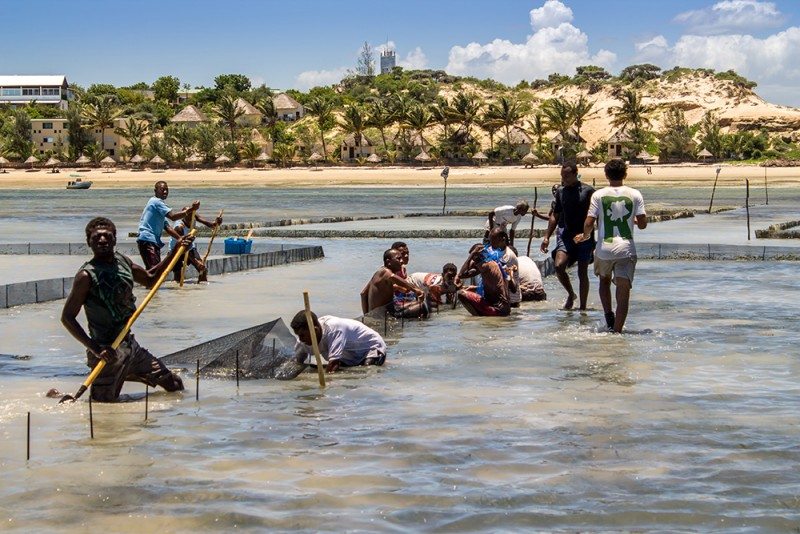
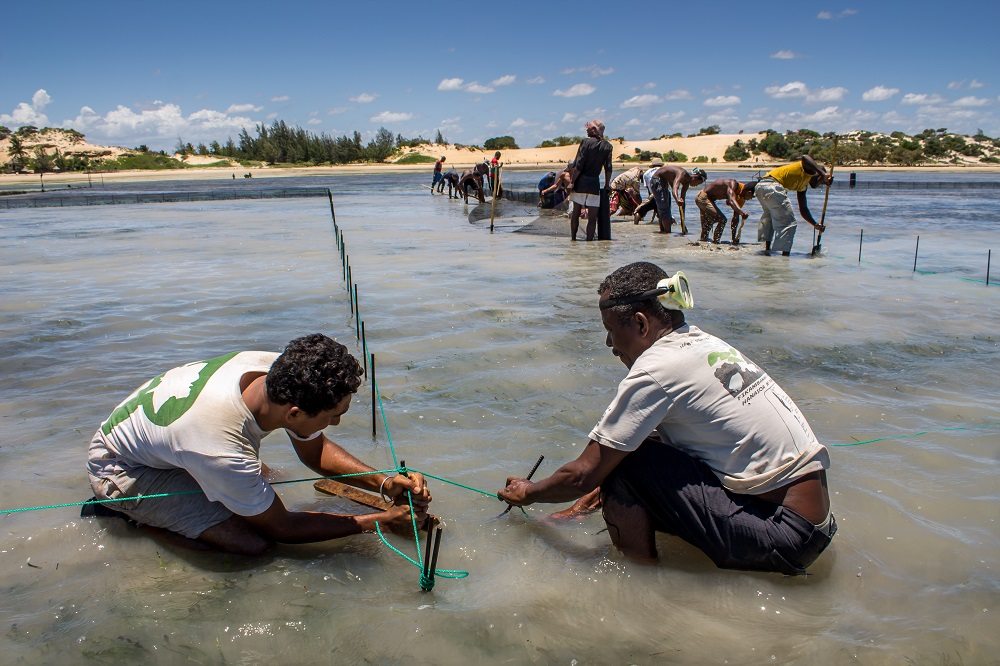
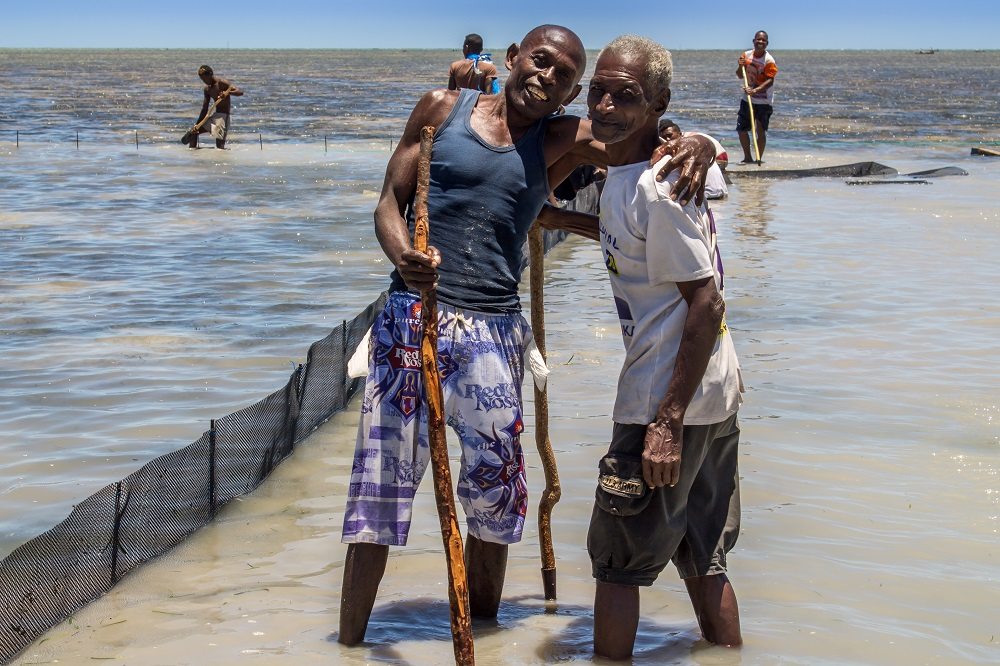
As participating fishermen transition into full-time aquaculture activities, the reduction in fishing pressure allows more sustainable levels of fish catch throughout the bay. Sea cucumber farmers generate regular income through the harvesting of their product, and the broadcast spawning of farmed sea cucumbers can help to replenish wild populations. This programme has attained extreme success in the region and is now regarded as the only successfully independent community sea cucumber farming project in the south of Madagascar.
Communities are making substantial strides forward in sea cucumber farming and in lifting themselves out of poverty. Families from the community of Andrevo have earnt on average $2.32 USD every day since they started the programme in November 2014. That’s enough to lift them above the poverty line, and is 3–4 times higher than the income of the average fisherman! Not only are families reaching out of poverty, but they are staying out. Families are using this income to make improvements to their homes, or send their children to school, an opportunity they would not have been able to afford otherwise.
“Do you see that?” asks Seraphine, a sea cucumber farmer from the village of Andrevo as she points to a roll of corrugated iron in her house. “That’s my new roof. That’s from sea cucumbers”.
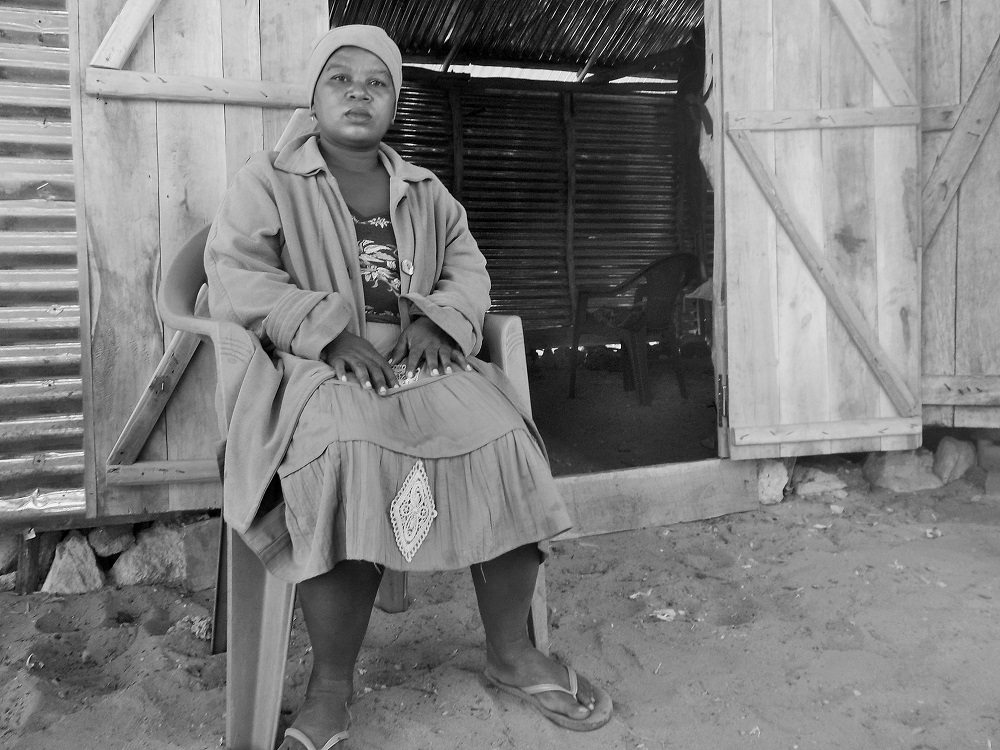
“I know that the resources in the sea are decreasing now and I know that it [farming] is an alternative livelihood for us and I knowthat it protects our way of living in the sea. It would be different for me if the project was not there. I could find money but it isn’t the same. I could buy pots if I work in the same job I had before but I could not manage to pay for something that has a big value like [improvements to] the house or anything like that. It changed our life a lot”
Lera, sea cucumber farmer from Ambolomailaky
For the first time, families are looking towards a bright future, and are managing their farms with an eye to a sustainable and continuous income. In the initial stage of the programme, farmers were given assistance to build their pen and purchase juvenile sea cucumbers. Now, farmers are completely responsible for the purchase of the new juveniles required to complete the farming cycle, and are taking ownership of the project, their marine resources, and their future. The more they invest in juveniles, the greater the returns when those sea cucumbers are sold to market. In Andrevo, farmers have purchased 10,000 juvenile sea cucumbers in 2016, proof of their commitment to, and the sustainability of this activity. We continue to support farmers by providing continued training, expertise, maintenance materials and the additional costs associated with the transportation of juveniles.
The motivation and hard work of every member of each household is clearly evident from the results of recent sales. This is a very positive indication that sea cucumber farming can provide a sustainable and improved future for these farmers and the community.
